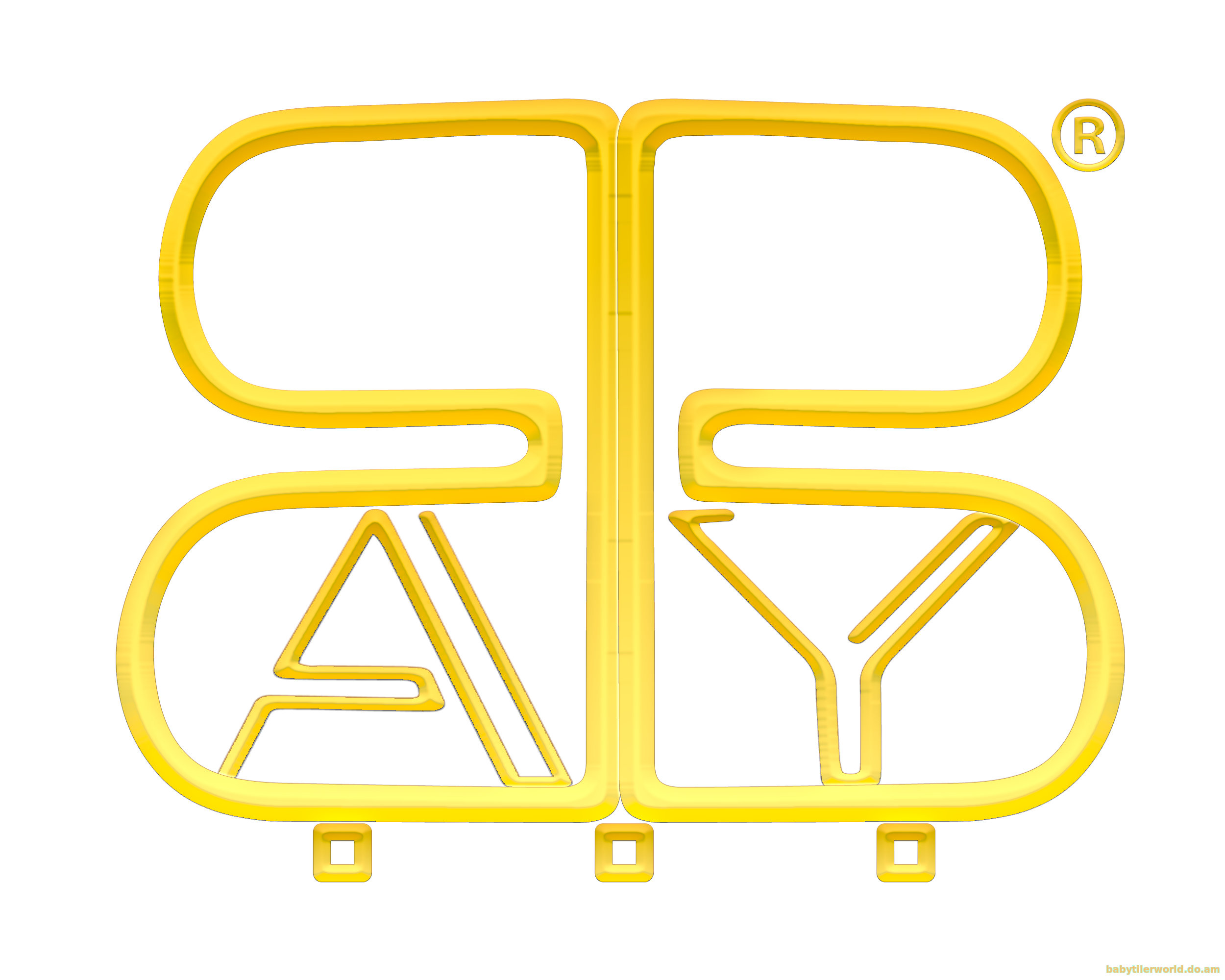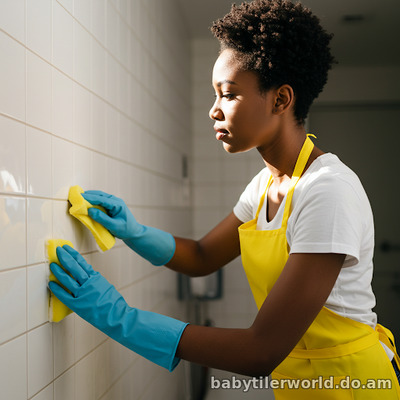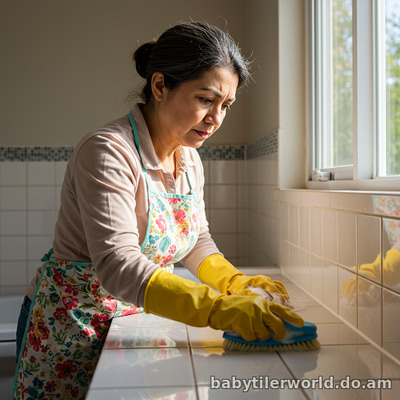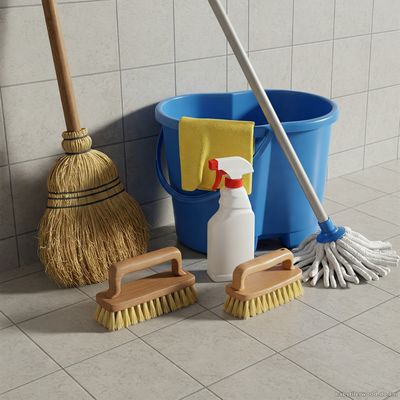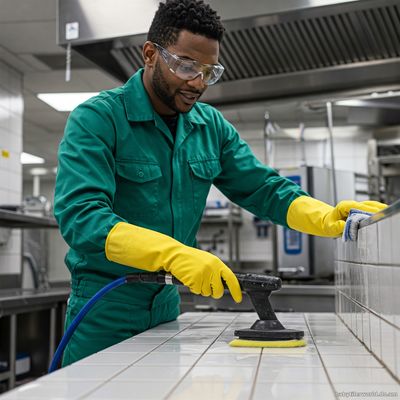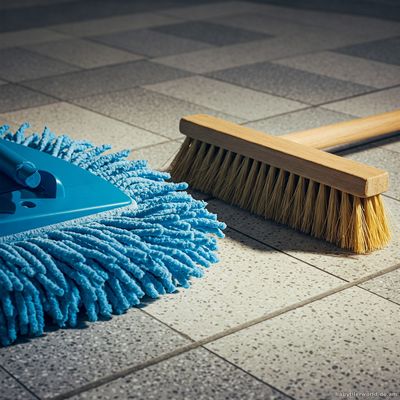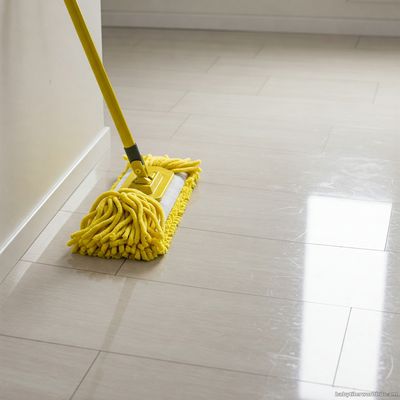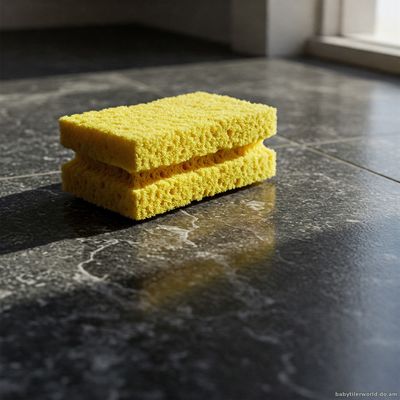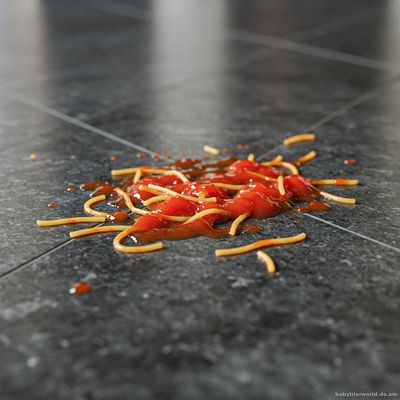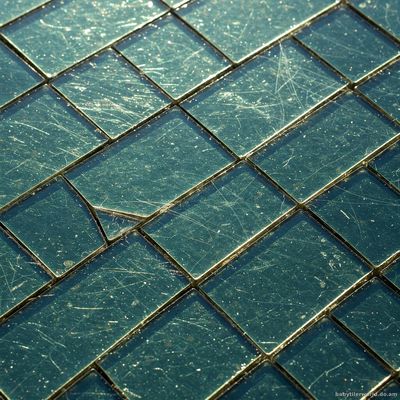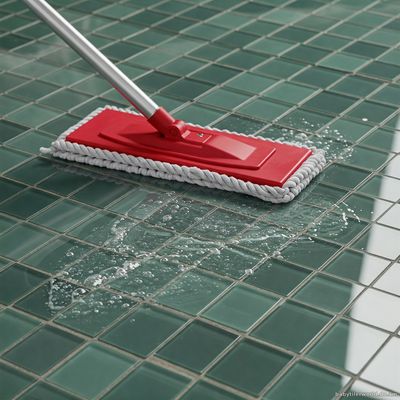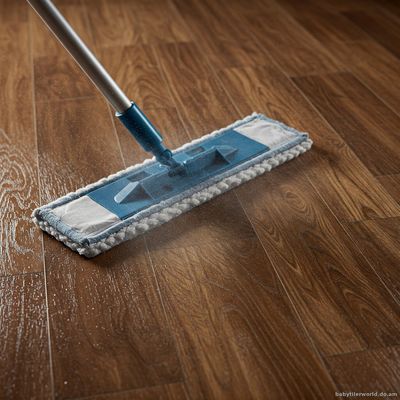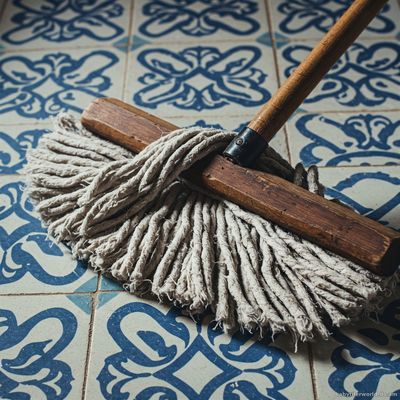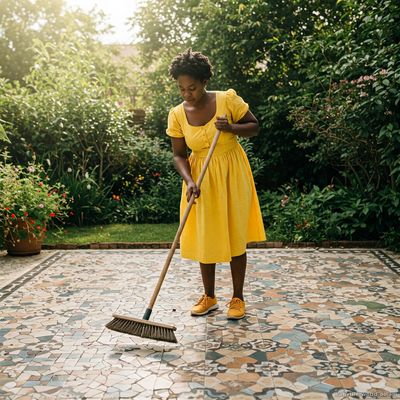10:21:02 AM EASY TO CLEAN |
|
One of the benefits of tiles is that they are generally easy to clean because they are typically made from materials like ceramics or porcelain which has non-porous surface, meaning liquid and dirt don’t readily absorb into the tile, allowing for simple wipe-down cleaning with a damp cloth or mop. 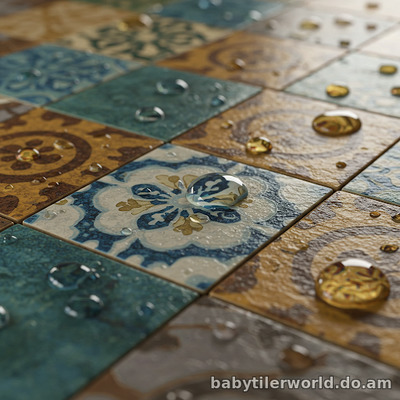 Water and stain resistance: Tiles are made from different types of materials, from natural materials to artificial materials but generally most tiles are completely water resistant rather than water proof, with the level of resistance depending on the type of tiles and glaze. Porcelain tiles are typically the most water resistant due to their composition but natural stones tiles often require sealing to enhance their water resistance. Natural stone tiles like granite or marble are often porous and require sealing to become more water resistant. Glazed tiles are very good at repelling water because the glaze on the ceramic and porcelain tiles creates a protective layer that significantly Improve water resistance. Some natural stone tiles too are coated with very thin layer of glaze to improve its water resistance. Grout line too has a very important role to play in resisting water, we talked about this on our previous article. These very water resistance attribute of tiles makes it very easy to clean because dirty water and stain will stay on the tiles until it is cleaned. Simple cleaning methods: Because of the non-porous nature of most tiles which makes stain and dirt stay long on their surfaces, cleaning them requires very simple methods sweeping and vacuuming before stain gets into the their bisque or tiny pores like granite or marble. How to clean tiles: Cleaning of tiles is generally very straightforward depending on the type of tiles, in other words you can just clean your tiles by sweeping and vacuuming to remove loose dirt and then mop the with solution of warm water and mild detergent. If there are stubborn stains on the tiles you can use a soft-bristled brush to scrub, and always dry the tiles with a clean cloth after cleaning to avoid water spots. Meanwhile some tiles can’t withstand or require more detail cleaning.
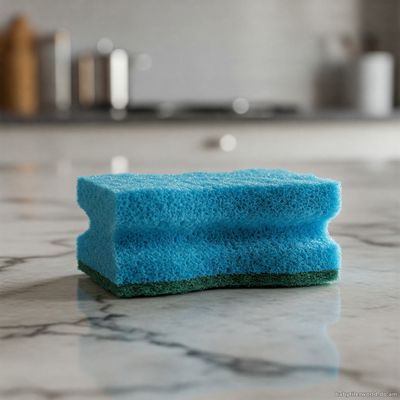 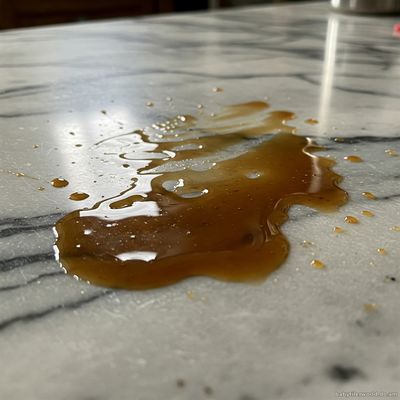 Marble tiles: Some food can cause permanent chemical stain to your marble because they contain chemical substances like acid, oils and some are rich in beta-carontene. The list of foods that can stain your marble are; Acidic food: vinegar, lemon juice, tomato sauce, wine, orange juice, coffee, Soy sauce, teriyaki flavoring, cashew oil, ginger and curry paste, food coloring, and the apricot jam used to make duck sauce. These food list all contain chemical substances that can etch your marble and cause chemical stain. Oily food: Generally cooking oil or most food that contains oil like palm oil or fatty food can cause light brown or yellowish stain on your marble if left on it for too long without cleaning them. Beta-carotene-rich foods: Carrots, spinach, lettuce, tomatoes, and broccoli and so on contains beta-carotene and Can leave behind orange or yellow stains on your marble. Lotion and body oil can stain your marble too. You can clean marble tiles by sweeping, dusting and using mild detergent and damp cloth too but some times you might need specialized stone cleaning solution and sometimes you might need the help of a professional tiler to re-polish it if it has chemical stains. You can clean chemical stains by your self by making a paste with baking soda and water of the right consistency and applying it to the stain, letting it sit for a few hours, then scrubbing gently and rinsing with clean warm water but you might need to call a professional if the stain does not go away.
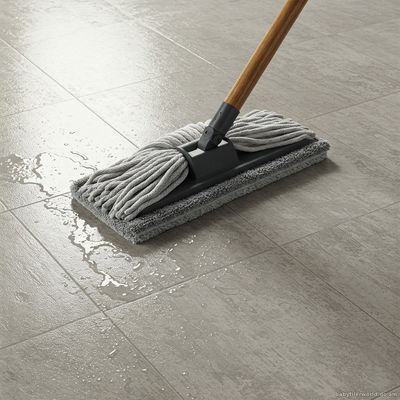 Vitrified tiles: Vitrified tiles are somehow similar to porcelain tiles and cleaning them is quite the same. Start by sweeping or vacuuming to remove loose dirt, then mop the floor with a solution of warm water and a mild, pH-neutral detergent, using a soft microfiber cloth or mop. If you have stubborn stain on them you can try a mixture of equal parts water and white vinegar, and always dry the tiles thoroughly after cleaning to prevent water spots.
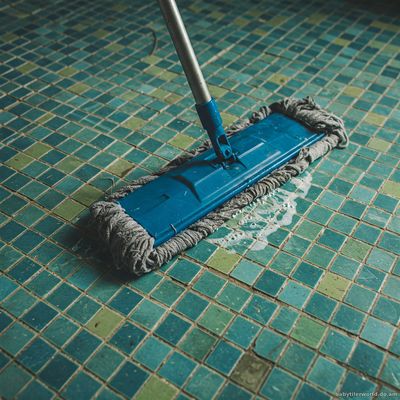 Mosaic tiles: Cleaning mosaic tiles is very tricky because there are more grout lines around it compared to other types of tiles. Some mosaic tiles are made of ceramic, porcelain, glass or even metal and other natural resources like stone, you have to know the type of mosaic tiles you have before you determine how to clean them but you can use warm water and mild soap or a commercial tile cleaner. Sweep or vacuum the floor to remove dust, dirt, and debris, use a soft cloth or sponge to apply a solution of warm water and mild soap to the tiles. You can also use a commercial tile cleaner designed for mosaic tiles, rinse the tiles thoroughly and dry them completely to prevent water spots. You can also try a vinegar solution to remove soap scum and hard water spots. For glass mosaic tiles, you can use a simple vinegar solution to remove soap scum and hard water spots, for greasy marks, you can create a paste out of bicarbonate of soda and water. The more tricky part is the grout line, we’ve already treated that topic at the top of the article but avoid using cleaners that contain bleach, ammonia, or acids, as they can damage the grout.
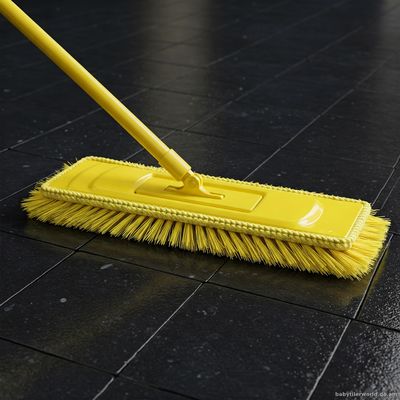 Rubber tiles: Rubber tiles can be stained by harsh chemicals like bleach, ammonia, strong acids, solvents, oil-based cleaners, turpentine, paint thinner, and even some types of wax, which can all damage the rubber material and cause discoloration or permanent stains. You can clean them by sweeping or vacuuming the floor, mix warm water with a mild detergent or pH-neutral cleaner, use a cleaner that's made for rubber tiles only and avoid using harsh chemicals on the rubber, dip your mop into the cleaning solution and wring out excess liquid, mop the floor in sections, starting from one corner and working your way out, rinse the mop with clean water and go over the floor again to remove any remaining detergent or dirty water and then allow the floor to air dry completely before using it again. If there is discoloration in your rubber tiles you might need to call a professional to help you replace the affected tiles. 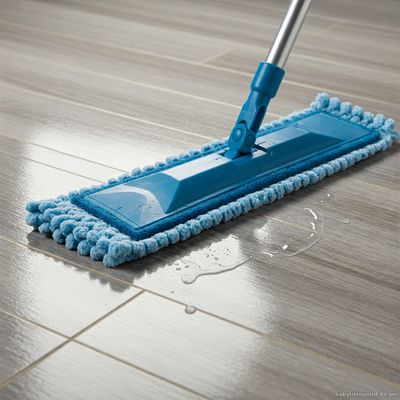 Vinyl tiles: Oils and grease from food, dyes from colored drinks, ink, hair dye, water spills, harsh cleaning chemicals, mold and mildew, and even reactions from certain chemicals like acetone or strong solvents, exposure to direct sunlight can cause your vinyl to fade or turn yellow. You can clean your vinyl tiles by sweeping or vacuuming at least once a week, vacuum with a dry setting to avoid damaging the vinyl, when mopping use a microfiber mop to avoid scratching the floor, use a pH-neutral cleaner or a solution of equal parts water and white vinegar and avoid using harsh chemicals on it, for sticky gunk, use a mop with a built-in scrub brush, for food stains, make a paste of baking soda and water, and rub it on the stain, for lipstick, hair dye, or ink stains, use rubbing alcohol, for crayon, paint, or marker stains, use mineral spirits, for nail polish stains, use a nail polish remover with acetone. 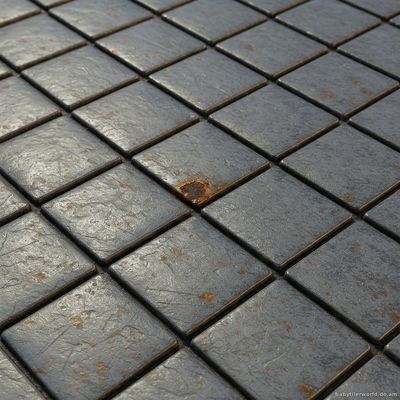 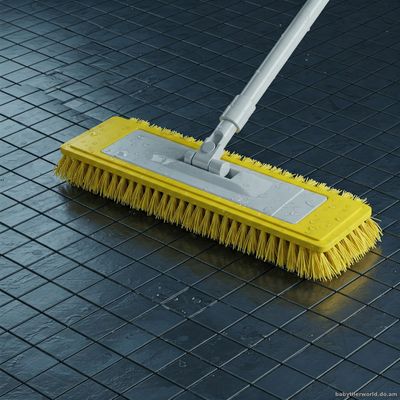 Metal tiles: Metal tiles is not a very common type of tiles but It is been used in some occasions. The most common stain that affects metal tiles is rust, which occurs when metal objects come into contact with moisture on the tile surface, causing a chemical reaction between oxygen and iron in the metal, resulting in a reddish-brown stain; this is particularly noticeable on light-colored tiles. You can also have visible streaks on your metal tiles if you let water dry on it. Hard water deposits can also cause white spot on your metal tiles from mineral build ups. Your metal tiles can also have food stain from spilled food residue, depending on the type of metal tile and the food. Accidental contact with harsh chemicals like bleach or acids can cause chemical stains on your metal tiles. You can prevent your metal tiles from stains by regularly wiping down the metal tiles to remove moisture, avoid leaving metal objects on the surface for long periods, and consider using a protective sealant but If you find reddish brown stains or any other stains on your metal tiles use a mild detergent mixed with warm water and a soft cloth, avoid harsh abrasives like steel wool or scouring pads; always test a small inconspicuous area first with any new cleaning product, and be sure to follow the manufacturer's specific cleaning instructions for your type of metal tile. For stainless steel tiles, consider using a dedicated stainless steel cleaner to maintain their shine.
|
|
|
| Total comments: 0 | |
